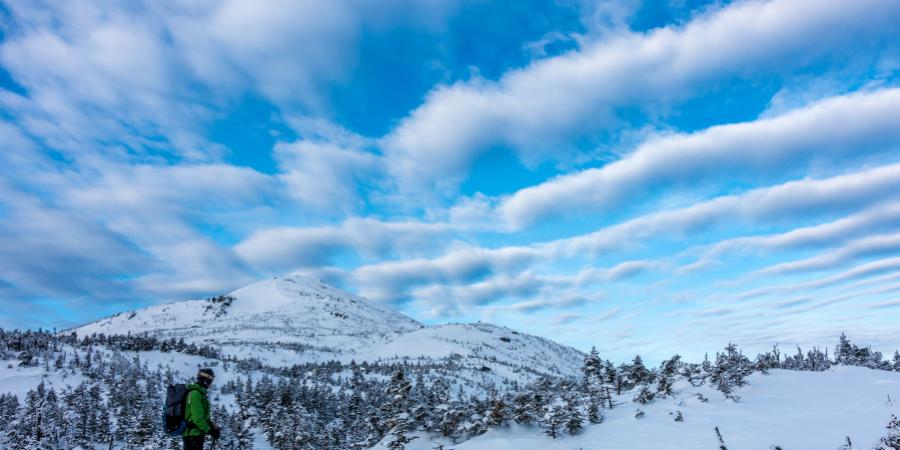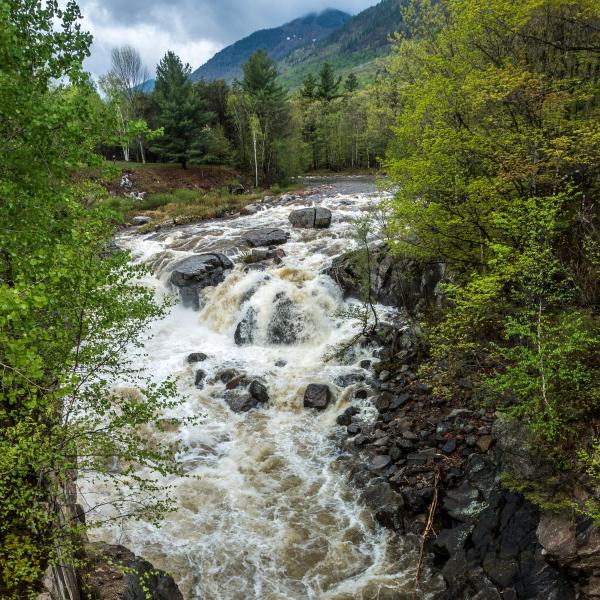Let’s say you’re sitting in your warm house or apartment, dreaming of a popular winter outdoor activity in the Adirondacks such as hiking, snowshoeing, skiing, or skating. After some casual planning, the day finally arrives, and grab your backpack, drive to the trailhead, and set out into the frigid mountain air. But you soon realize that winter travel is slower, colder, and more challenging than you expected. Maybe it’s simply cold fingers and toes, or perhaps the day has something more demanding in store? When you arrive home from that trip, a little wiser and, hopefully, a lot warmer, you may have captured that beautiful sunrise or night sky image, but what did you risk? Hopefully the tips below will help make your next winter trip easier, safer, and more enjoyable.
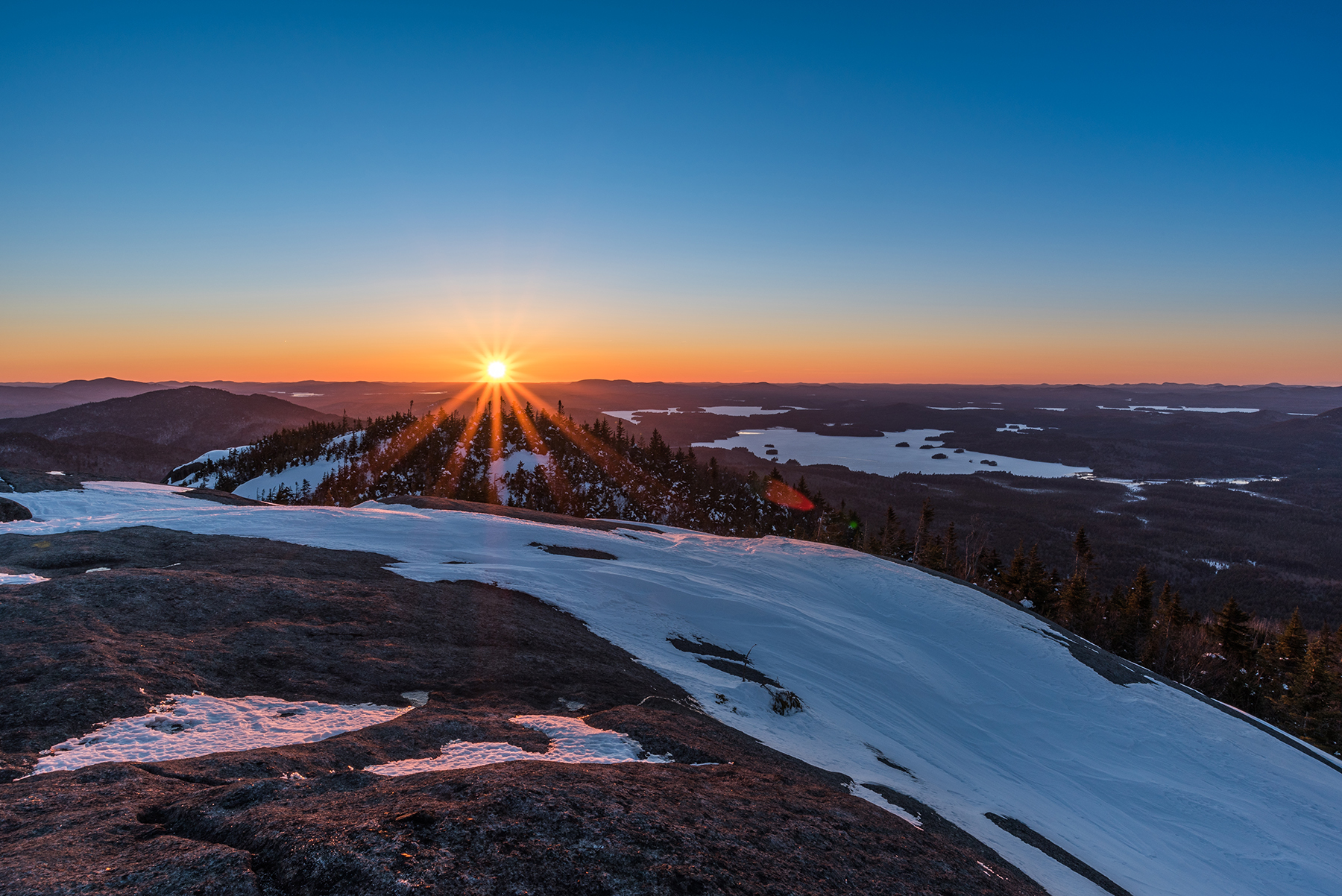
Dryer, cleaner arctic air = more intense sunrises and sunsets in winter. Wouldn't you like to safely enjoy them? Photo credit: Brendan Wiltse.
Know Before You Go
Consider the following before you even start packing your backpack. First, choose a winter destination or trail that matches the experience and fitness level of you and your recreation companions. Winter travel often takes longer and is more physically demanding, so ease into the distance and elevation gain of your trail choice. Next, check the weather for past, present, and future conditions around the day you’re planning your trip. Weather patterns could mean swollen river crossings, trails covered in deep snow or an ice layer, and other challenging conditions. Barkeater Trails Alliance is also a great source to check current ski conditions in the Lake Placid and Keene Valley region.
If you’re unsure of how recent, current, and upcoming weather patterns will affect your trip, check in with the local land management agency or information center (such as the New York State DEC or Adirondack Mountain Club (ADK)’s High Peaks Information Center) for advice. This is also a great time to catch up on any applicable parking, permit, or winter travel regulations in effect. If you plan to travel in avalanche terrain, check in with the Adirondack Community Avalanche Observations, and consider submitting your own report after the trip. Lastly, always leave an itinerary with a few people you trust that includes where you're going, your start and end time, and what to do if they haven't heard from you at the end of your trip.
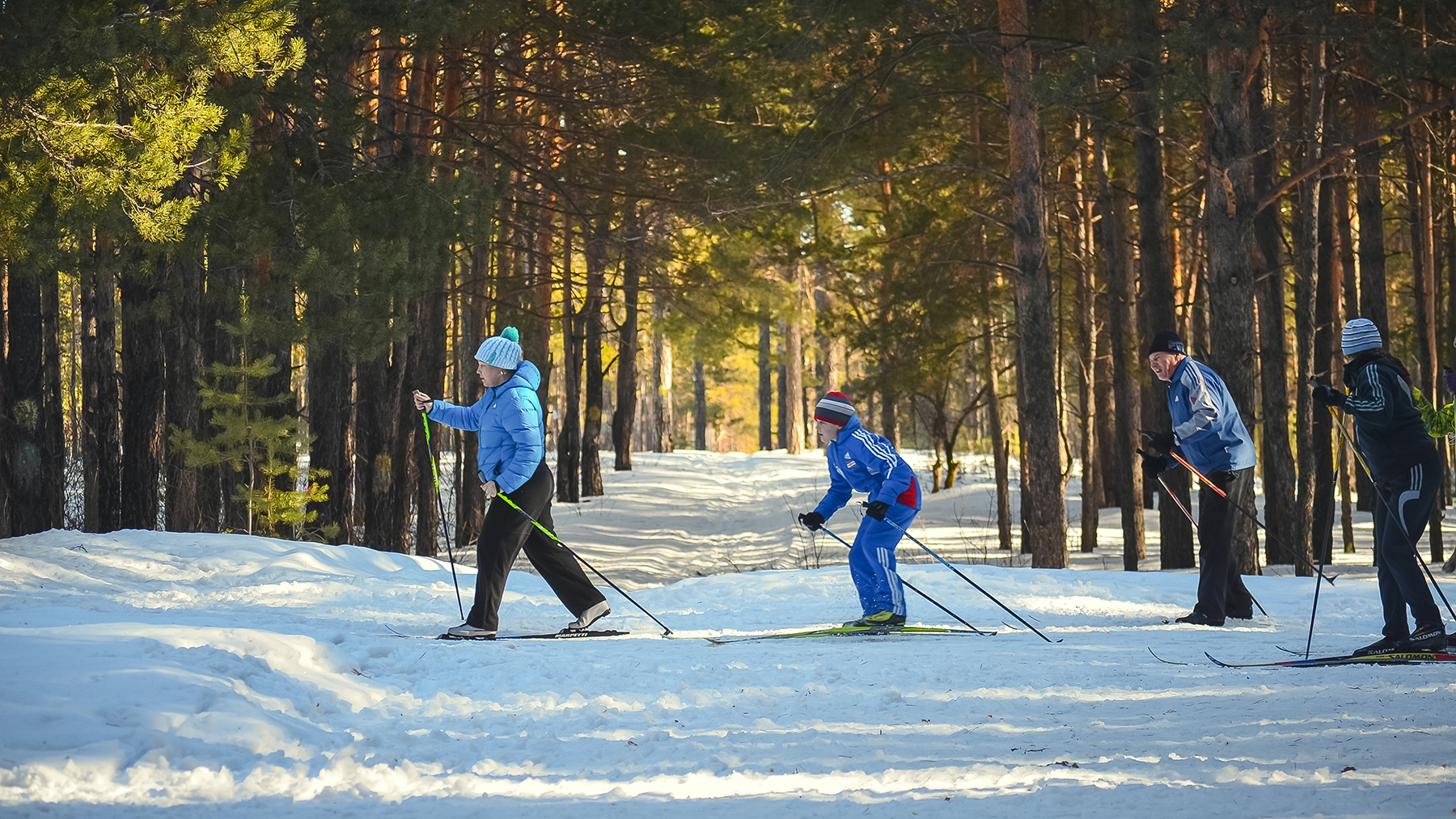
It's safer to travel in groups of at least three people when recreating outdoors; this is especially true in winter when an injury can be more consequential.
Bring the Proper Winter Gear
You may have heard of the 10 Essentials to carry with you on every outdoor trip. These are just as important in the winter, if not more so, due to the consequences of an injury or mistake. Pay particular attention to items like a headlamp (there are fewer hours of sunlight in the winter) and shelter. In the event of an equipment malfunction or injury, you may spend a long time exposed to the elements. For this reason, it’s wise to carry a sleeping bag, or at least a warm bivy sack of some sort. An inflatable sleeping pad or lightweight foam pad can also go a long way in protecting someone from heat loss due to sitting or lying in the snow. Also, consider bringing a lightweight stove for melting snow to drink or making a hot beverage for warmth.
Snowshoes and skis are critical for most winter travel in the Adirondacks and are required when there’s more than eight inches of snow in the High Peaks Wilderness. This is not only for your enjoyment and comfort, but also for your safety, that of your traveling companions, and everyone who enters the trail after you. Without skis or snowshoes, you “post hole” into the snow, wasting precious energy and leaving behind holes that can easily injure the ankle of another skier or snowshoer. In addition to skis or snowshoes, bring traction devices for your boots, such as MICROspikes, for icy conditions or when you’re on wind-swept peaks above tree line.
Support our goal of responsible, low-impact recreational opportunities protective of Ausable waterways and adjacent lands Give with confidence today!
Lastly, carry a few lesser-known items with you. Hand and toe warmers are a great choice because they serve a variety of functions. Not only can they keep hands and feet warm throughout the day, but they may just save fingers and toes from frostbite in an emergency. You can also use hand and toe warmers against your neck and under your armpits to help warm up blood circulating through the core of your body. Another under-appreciated item is the tension strap, often called a Voile Strap after the company who popularized them. Since duct tape doesn’t stick well in the winter, use these straps to repair a ski or snowshoe binding or for a multitude of other purposes. There are plenty of other helpful items you can carry on your next winter outing, so spend some time researching on the internet or at your local outdoor retailer to learn more.
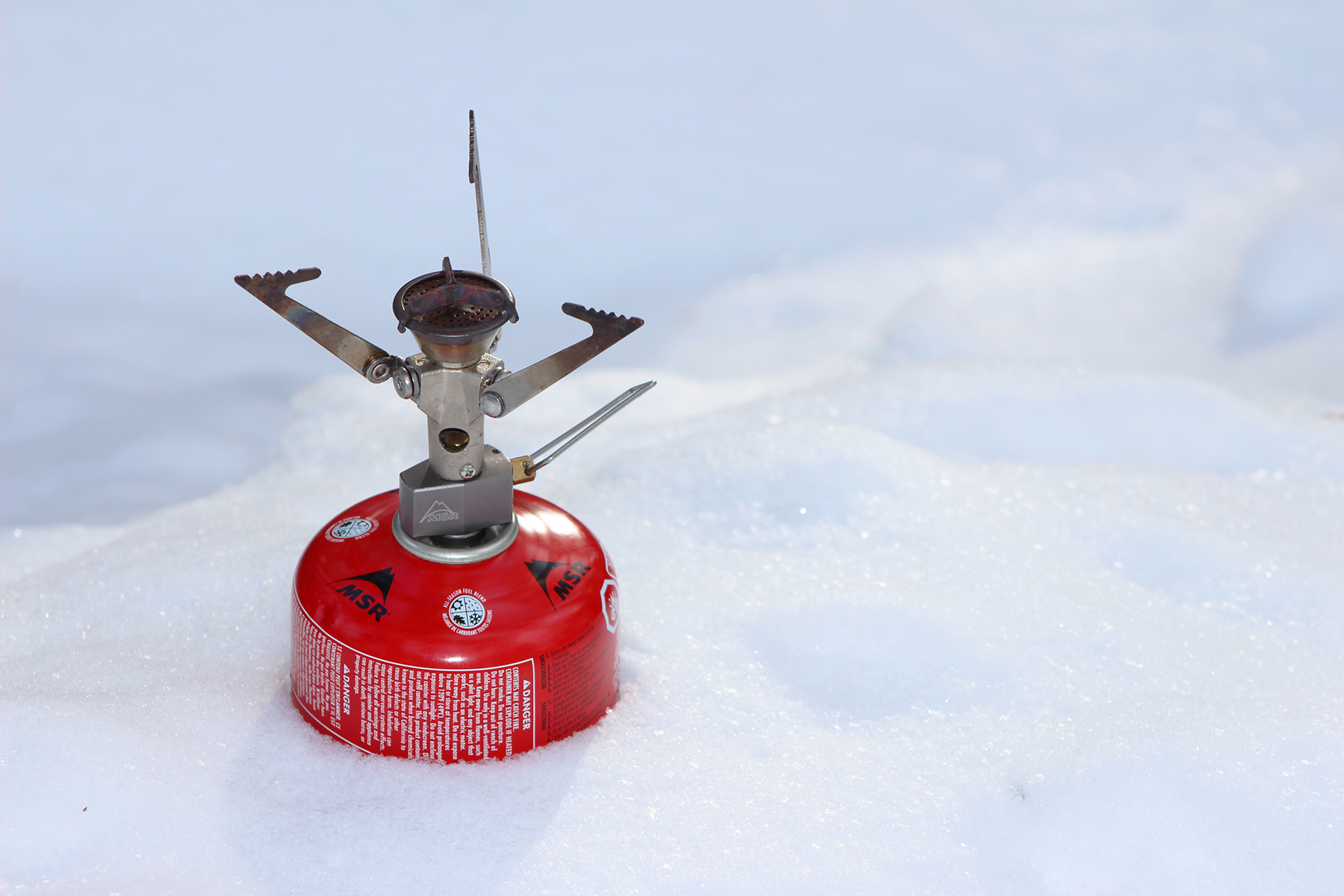
A lightweight stove with all-season fuel can be a lifesaver in cold environments; put the fuel canister inside your jacket to warm it up before lighting the stove.
Dress in the Correct Layers of Clothing
Wearing and managing the correct clothing in winter is essential. First, leave all cotton clothing, such as jeans, at home. Cotton does not keep you warm when wet and does not dry quickly. Instead, focus on materials such as wool and synthetics like polyester (fleece) and polypropylene. Additionally, think of your clothing in layers, like an onion or cake, and dress accordingly. First, wear lightweight and moisture-wicking clothing next to your body. Next, wear a mid-weight middle layer to keep you warm and protect you from mild elements while exerting yourself. Lastly, wear an outer layer that will best protect you from the current weather. It may be an insulated “puffy” jacket in extremely cold conditions, or a waterproof, breathable nylon-type shell that will shelter you from intense wind or heavy snow. Remove and add these three layers of clothing throughout the day to manage your body’s temperature and minimize or eliminate sweating.
And don’t forget about the rest of your body. Proper winter hiking boots, or insulated ski boots, are warm, waterproof, and comfortable. Make sure they fit properly; boots that are too loose or too tight will have too much or too little space to trap body heat and will therefore leave your feet feeling cold or numb. Warm, quality socks are also important. Some people prefer a lightweight liner sock under a thicker wool sock, while others prefer one pair of thicker, high-quality socks. Experiment with what keeps your feet warm, dry, and comfortable. Protect your hands, too, with layers of liner gloves, insulated gloves, and warm mittens. Lastly, protect your neck and head with a neck gaiter or Buff, warm wool hat, and possibility a balaclava for more extreme conditions.
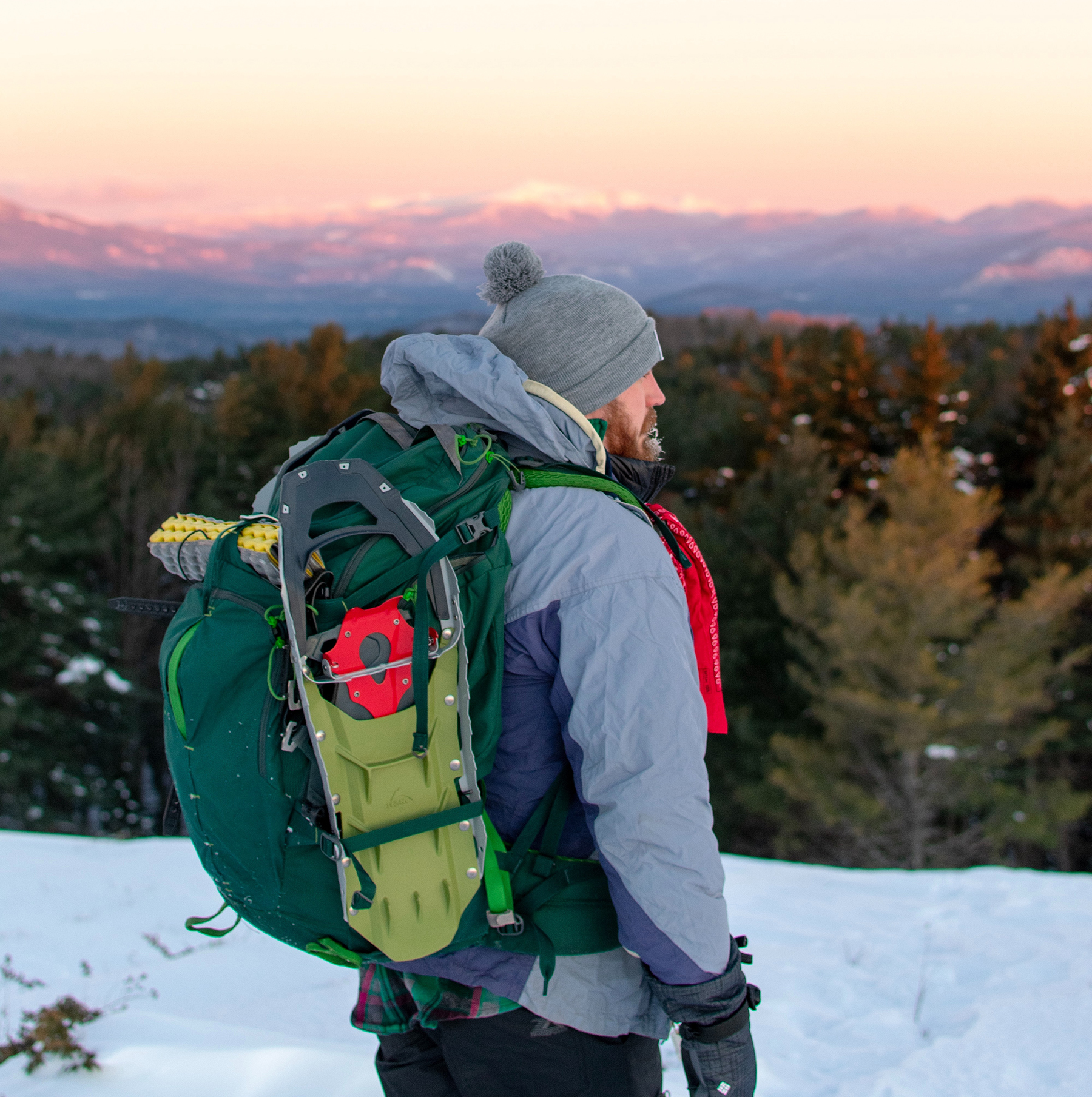
Correct clothing management means adding and removing layers frequently to protect from the elements and eliminate sweating. Photo credit: Andrea Davis.
Consume Enough Food and Water
As mentioned previously, winter travel can be strenuous. Your body will burn calories to keep up with the energy exerted on the trip and to keep you warm in the frigid environment. Focus on foods high in healthy fats and proteins to sustain your energy throughout the day. For a quick energy boost and pick-me-up, eat some simple carbs like sports gels, chews, or candy. Also consider snacking throughout the day for sustained energy and consistent body warmth. Great food options for any winter activity are nuts, cheeses, meat sticks, dried fruit, peanut butter, and dark chocolate. Remember, you need more calories in the winter, so be sure to carry more food than you think you’ll need.
Balance your food intake with a healthy amount of water. Sweating and dehydration are common even in cold environments, whether you feel thirsty or not. Along with water, your body also needs electrolytes for properly functioning metabolism. Common electrolytes are sodium, chloride, calcium, potassium, phosphate, and magnesium, all of which help your muscles and nerves functioning effectively. You can get these electrolytes from a well-balanced diet (think salty snacks, bananas, etc.), and from electrolyte-enhanced drinks or powered drink mixes.
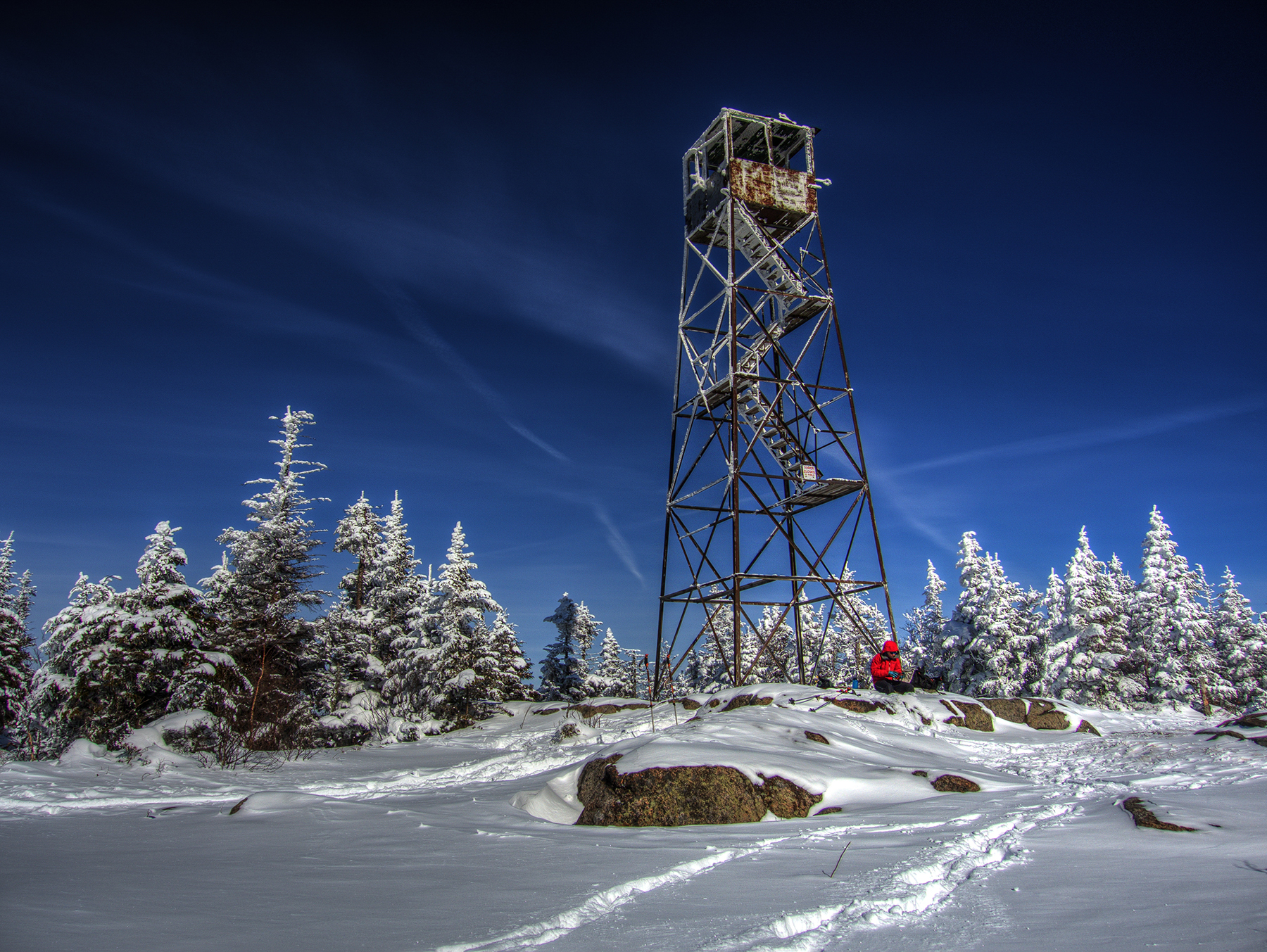
Frequent snacks and sips throughout the day, including a relaxing break at your favorite destination, leads to a more pleasant winter trip. Photo credit: Brendan Wiltse.
Tying It All Together
This is by no means a complete list of winter activity tips. Each topic above could be a blog in and of itself, so feel free to contact us if you want more information or have questions. If you want to learn more, consider taking some courses to better prepare. The ADK’s Winter Mountaineering School, a Wilderness First Aid course, and an Avalanche course can dramatically enhance your experience. Lastly, be sure to follow the Seven Principles of Leave No Trace on all winter outdoor trips. Stay safe and have fun!
Story written by Tyler Merriam. Top photo credit: Brendan Wiltse.
Sign-up for our e-newsletter to get weekly updates on the latest stories from the Ausable River Association.
